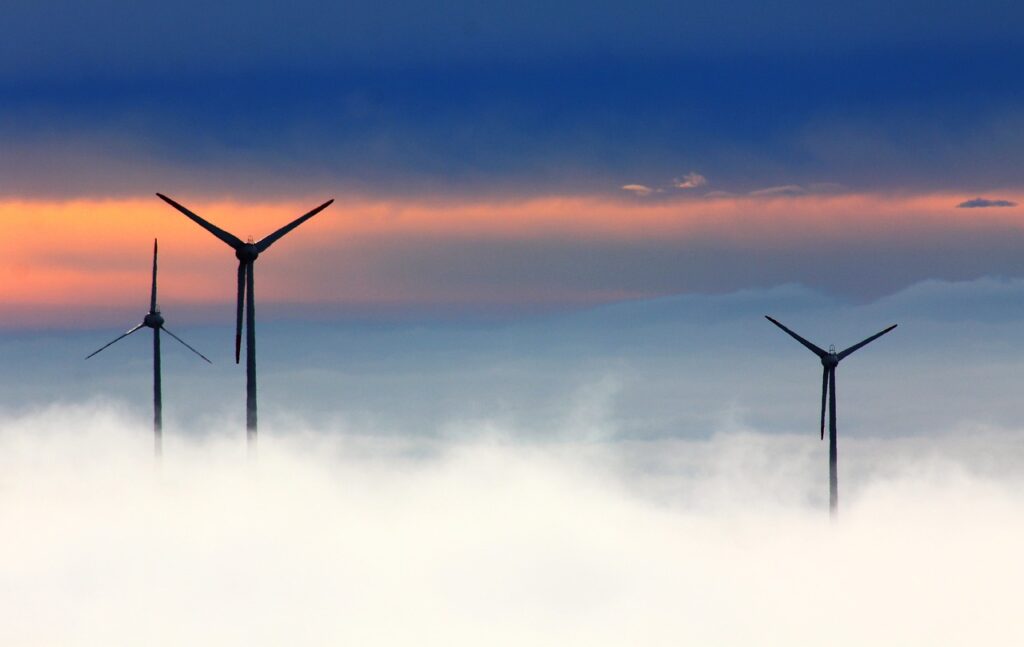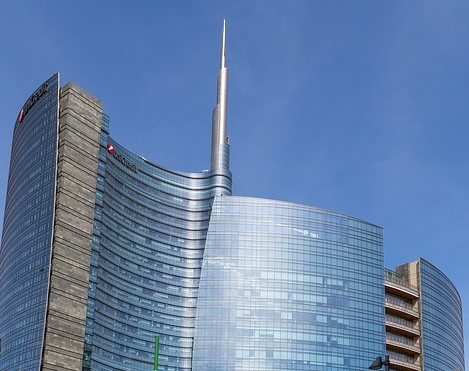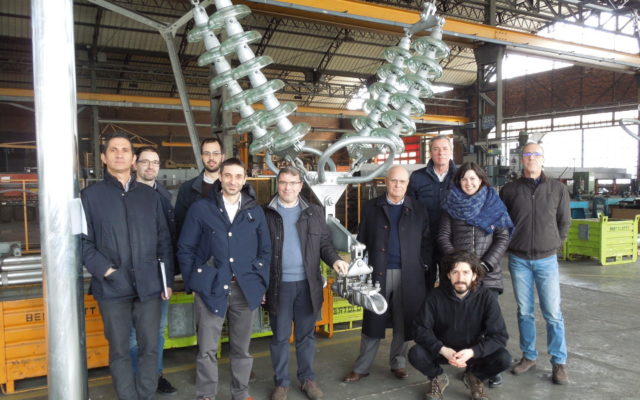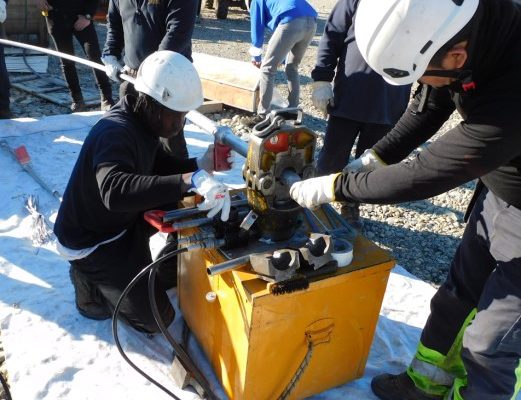Electrification and natural gas are key to reducing emissions and supporting the transition to renewable energy.
Electrification is essential in combating climate change, as it allows for the replacement of fossil fuels with renewable energy sources, reducing greenhouse gas emissions. The adoption of electric vehicles, heat pumps, and electric industrial equipment represents a crucial step towards a sustainable future.
However, renewable energies, being weather-dependent, are inherently intermittent and therefore not always available in sufficient quantities to meet energy demand. In this context, natural gas plays an important role as a backup energy source. Although it is not a long-term solution, the use of natural gas-powered plants to meet peak energy demand is an effective intermediate step, reducing emissions compared to coal and supporting the transition to a fully renewable energy system.
Summary:
- 1. What does “electrification” mean?
- 2. Climate change
- 3. Natural gas as a transitional solution
- 4. Conclusions
1. What does “electrification” mean?
“Electrification” means replacing energy derived from fossil fuels with decarbonized electricity, that is, electricity generated from renewable sources, for the operation of both public and private services. This term carries a much broader significance, as it represents the most effective tool for achieving the energy transition, since only through electrification can we effectively halt climate change.
Electrification can be either “direct” or “indirect”:
- Direct electrification: electricity is used to produce energy for end-use applications;
- Indirect electrification: electricity is used to produce fuels or energy carriers that will be used to generate energy at a later time or in a different location from where it was produced.
2. Climate change
Throughout Earth’s history, the planet has experienced climate changes. However, the problem as we know it today stems from the Industrial Revolution and a pattern of progress that has been managed “as if there were no tomorrow.” In just about 150 years, humans have released so much carbon dioxide and other greenhouse gases into the atmosphere that the CO2 levels have doubled what was accumulated in 700,000 years. Our planet was not prepared, accustomed, or equipped to handle this, leading to a climate change that is different and far more dangerous than those of the past. Since 1870, Arctic sea ice has decreased by nearly 13%, resulting in sea levels rising by over half a meter. Fire seasons have become longer and more intense, extreme weather events have grown more frequent and catastrophic, and animal species are relocating from their habitats, disrupting ecosystems.
2.1 Strategies to combat climate change
To combat climate change, a rapid and unstoppable energy transition is necessary. This requires, first and foremost, a strong cultural shift, as it demands that generations who have lived without regard for environmental damage prioritize sustainability in their choices. It means replacing the fossil fuels that power homes, transportation, and industry with renewable sources, and electrification is a key element of this change. However, this transition cannot happen overnight; the phase-out of fossil fuels must be gradual to ensure the stability, resilience, and efficiency of energy networks. This approach helps prevent a more disruptive transition from consuming more resources in the short term than it would save in the years to come.
2.2 How to transition from fossil fuels to renewable energy sources?
When we mentioned the necessary cultural shift for a real energy transition, we were primarily referring to something particularly difficult for the wealthier parts of the world to accept: flexibility. We are accustomed to having all the energy we want whenever we want it, but renewable sources, by definition, are not dispatchable. Therefore, the first challenge we face is creating an infrastructure capable of modulating the generation and delivery of electricity without interrupting service. It is unrealistic to achieve an energy transition without the technical capability to ensure a constant energy supply to a society that increasingly depends on it. Thus, the facilities must be flexible, able to anticipate, and tolerate sudden disruptions in the balance between energy demand and supply. Wind and solar power, for example, depend on weather conditions, which can cause a misalignment between the amount of energy produced and the amount consumed.

The solutions to this problem can be numerous, with some already outlined and others yet to be tested or even discovered. What is certain is that today we need to enhance energy storage systems so that when demand exceeds production, it can draw from reserves where energy is always available. In the coming years, however, it is more likely that the energy transition will be only partial, with fossil fuels being replaced by other non-renewable but at least less polluting sources.
3. Natural gas as a transitional solution
Given the reasons why the transition to renewable energy cannot be an immediate switch, despite the urgency required by the ongoing climate change, it is necessary to find a sustainable energy source to support the electrification process.
3.1 Peaking power plants
A peaking power plant is a power generation facility specifically designed to operate during peak energy demand, when demand exceeds production. These peaks are somewhat predictable, as they generally occur at certain times of the day or under specific weather conditions. The purpose of these plants, which can start up very quickly and typically operate for only a limited period, is to ensure the stability of electricity supply. However, their high flexibility comes with high operating costs, further increased by lower efficiency compared to base load plants.
Peaking power plants can be powered by natural gas turbines, which can be quickly turned on or off, internal combustion engines (also fueled by natural gas), or reservoir hydroelectric plants, which are powered by water released from designated dams. However, since water is a precious resource, especially in this historical period, it is preferable to opt for a peaking plant that uses natural gas.
3.2 Why natural gas is better than coal?

Why natural gas and not, for example, coal? The use of natural gas is considered a better option than coal in the context of the energy transition and climate change for several reasons:
- Lower CO2 emissions: Burning natural gas emits about 50-60% less CO2 compared to coal combustion. Additionally, it is primarily composed of methane (CH4), which has a lower carbon-to-hydrogen ratio than coal, further reducing CO2 emissions per unit of energy produced.
- Lower pollutant emissions: Natural gas combustion produces fewer atmospheric pollutants such as sulfur oxides (SOx), nitrogen oxides (NOx), particulate matter, and mercury compared to coal, improving air quality and reducing negative impacts on human health and the environment.
- Better plant efficiency: Combined-cycle natural gas plants are more efficient than coal plants. They can achieve efficiencies over 60%, compared to 30-35% for traditional coal plants. This means they produce more energy per unit of fuel used, further reducing emissions.
- Operational flexibility: Gas plants can be turned on and off quickly, making them ideal for integrating intermittent renewable energy sources like wind and solar. This flexibility helps stabilize the electrical grid and manage fluctuations in energy demand.
- Availability and infrastructure: Many regions already have well-developed infrastructure for the production, transportation, and distribution of natural gas, making the transition from coal to gas easier and less costly.
4. Conclusions
The use of natural gas-powered plants can therefore be a valuable support during electrification, as they offer immediate CO2 emission reductions compared to coal, making them a good transitional energy option while the challenges of large-scale renewable sources are addressed. Additionally, natural gas can serve as a “backup” energy source when weather conditions hinder renewable energy production, ensuring that periods of high demand are met.


